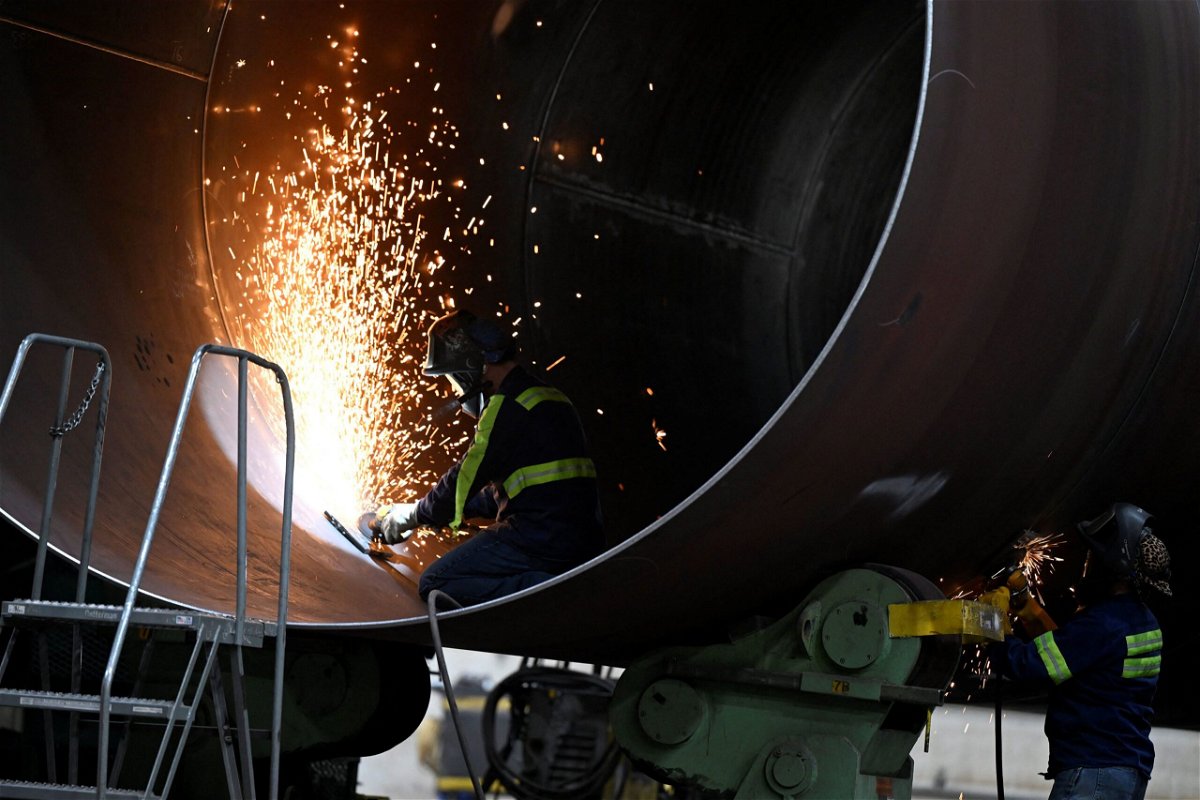US wholesale inflation dropped to 0.9% annually in November

By Alicia Wallace, CNN
New York (CNN) — Tumbling energy prices helped to bring US wholesale inflation down below pre-pandemic levels and to its second-lowest rate this year.
The Producer Price Index, which measures the average price changes that businesses pay to suppliers, rose at a slower pace of 0.9% for the 12 months ended in November, down from a 1.2% annual increase in October, according to Bureau of Labor Statistics data released Wednesday. November’s 0.9% gain is also well below the 2011 to 2019 average of 1.68%, BLS data shows.
On a monthly basis, prices were unchanged. That’s up from a 0.4% decline the month before, when energy prices fell 6.5% and gasoline prices sharply contracted by 15.3% over the month.
In November, energy prices dropped by a more muted 1.2%. That downward swing and a 0.5% drop in transportation and warehousing costs offset a 0.6% increase in food.
Economists expected PPI to inch up 0.1% from October and rise 1% on an annual basis, according to Refinitiv estimates.
When stripping out the food and energy categories, which tend to be quite volatile, core PPI was flat for the month, bringing the yearly increase to 2%.
PPI is a closely watched inflation gauge since it captures average price shifts before they reach consumers and serves as a potential signal for the prices consumers ultimately end up paying.
The November PPI is the last major inflation report to land before the Federal Reserve announces its latest interest rate decision later on Wednesday. The US central bank is widely expected to keep rates unchanged for the third consecutive time.
“Declining goods demand and a slowing economy will keep a lid on the index over the balance of the year and should keep goods price inflation on a downward trend,” Matthew Martin, US economist for Oxford Economics wrote in a note issued Wednesday. “However, the services side of the equation remains too sticky for the Fed’s comfort, which will be key in determining the path for future rate cuts. Still, the Fed will remain on hold at today’s meeting.”
The final demand services index is up 2.1% for the 12 months ended in November; however, prices have been unchanged the past two months after rising for six months in a row prior, BLS data shows.
Throughout 2023, service providers’ price pressures have been a “concerning complement” to the robust discretionary spending from consumers, Kurt Rankin, PNC Financial Services economist, wrote Wednesday.
“And while consumer spending is still fueling inflation even in service categories such as leisure and hospitality industries, the downward trend among service providers’ own costs suggests that if consumer demand cools, consumer price inflation should also then have a path to stability,” he wrote.
On Tuesday, the Consumer Price Index for November showed that inflation at the consumer level eased to 3.1% annually, landing a touch above the yearly low of 3% hit in June before spiking gas prices caused inflation to rise.
The-CNN-Wire
™ & © 2023 Cable News Network, Inc., a Warner Bros. Discovery Company. All rights reserved.